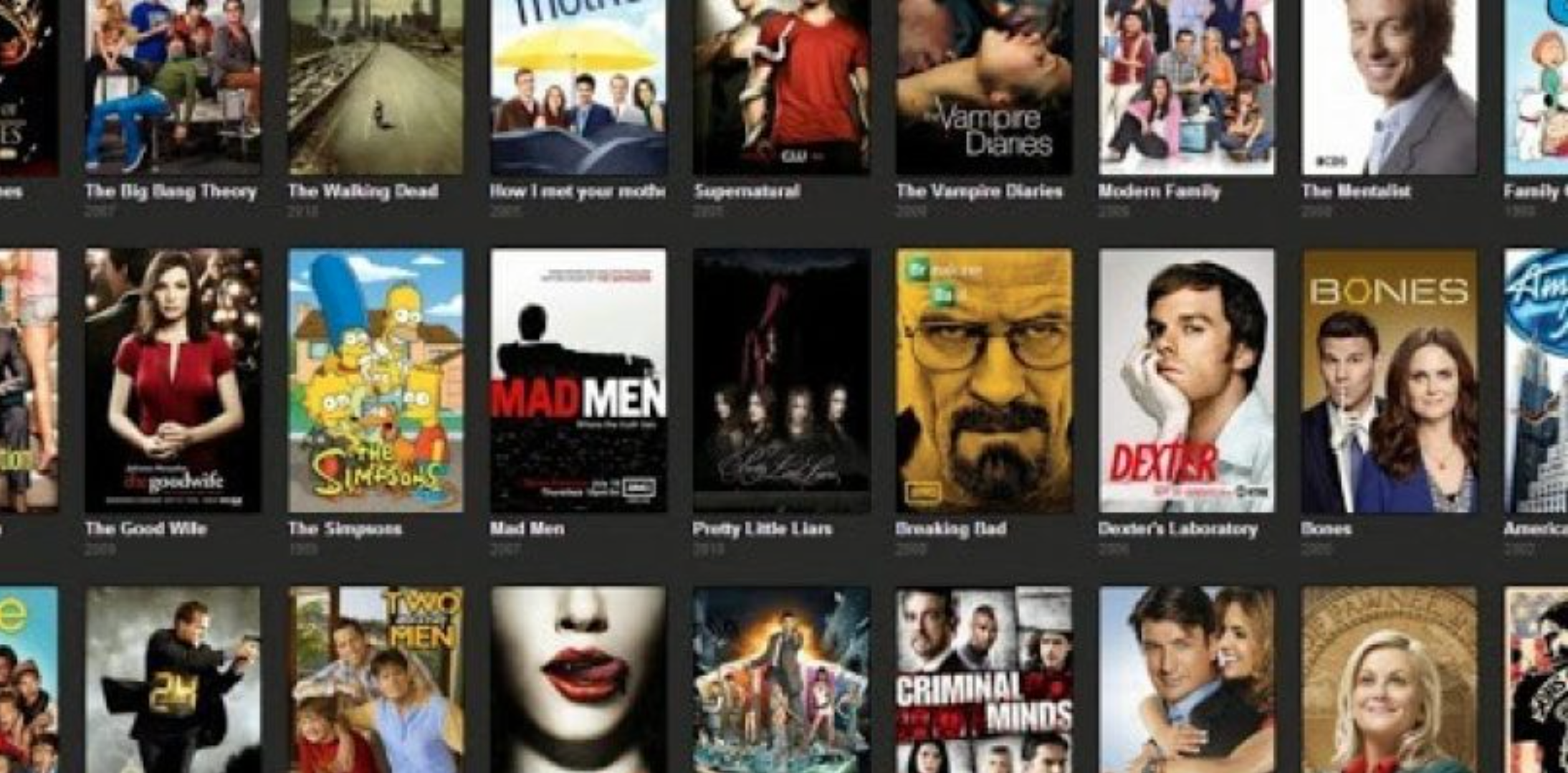Mathematics is a field that is full of fascinating concepts and paradoxes.
One such intriguing concept is the Birthday Paradox, also known as the Birthday Problem.
This paradox is a probability theory that challenges our intuitive understanding of probability and statistics.
In this article, we will look into the Birthday Paradox, its mathematical explanation, real-world applications, and some frequently asked questions about this fascinating phenomenon.
Table of Contents
Understanding the Birthday Paradox
The Birthday Paradox, in its simplest form, poses the following question: “How many people do you need to have in a room to make it more likely than not that at least two people have the same birthday?”
Intuitively, one might think that the number would be quite high, considering there are 365 days in a year.
However, the surprising answer is that it only takes 23 people to have a probability of more than 50% that at least two people share a birthday.
This counter-intuitive result is what gives the Birthday Paradox its name.
The Mathematics Behind the Birthday Paradox
The mathematical explanation of the Birthday Paradox lies in the realm of probability theory.
The key to understanding this paradox is to realize that the number of potential pairs of people increases exponentially with the size of the group, not linearly.
When calculating the probability, instead of considering the likelihood of matching birthdays, it’s easier to calculate the probability of all birthdays being different and then subtract that from 1.
This approach simplifies the calculation and provides the surprising result that with just 23 people, there’s a 50.7% chance of at least two people sharing a birthday.
Real-World Applications of the Birthday Paradox
While the Birthday Paradox might seem like a quirky mathematical oddity, it has practical applications in various fields, including computer science, cryptography, and data analysis.
- Computer Science: In computer science, the Birthday Paradox is used in hashing algorithms and to understand the likelihood of ‘collisions’ where different inputs produce the same output.
- Cryptography: The Birthday Paradox is used in the field of cryptography, particularly in the Birthday Attack. This is a type of cryptographic attack that exploits the mathematics behind the Birthday Paradox to find collisions in a hash function.
FAQs on Birthday Paradox
1. What is the Birthday Paradox?
The Birthday Paradox, also known as the Birthday Problem, is a probability theory that poses the question: “How many people do you need to have in a room to make it more likely than not that at least two people have the same birthday?”
Surprisingly, the answer is just 23 people.
2. Why is it called a paradox?
It’s called a paradox because the result is counter-intuitive.
Most people would assume that you would need a lot more than 23 people to have a 50% chance of a shared birthday, given that there are 365 days in a year.
3. How is the probability calculated in the Birthday Paradox?
The probability is calculated by considering the likelihood of all birthdays being different and then subtracting that from 1.
This approach simplifies the calculation and provides the surprising result.
4. What are some real-world applications of the Birthday Paradox?
The Birthday Paradox has practical applications in various fields, including computer science, cryptography, and data analysis.
It’s used in hashing algorithms, cryptographic attacks, and identifying duplicate entries in large data sets.
5. What is the Birthday Attack in cryptography?
The Birthday Attack is a type of cryptographic attack that exploits the mathematics behind the Birthday Paradox to find collisions in a hash function.
6. How does the Birthday Paradox relate to data analysis?
In data analysis, understanding the Birthday Paradox can help in identifying duplicate entries or anomalies in large data sets.
7. Does the Birthday Paradox hold true for leap years?
Yes, the Birthday Paradox still holds true for leap years.
However, the number of people required to reach a 50% chance of a shared birthday increases slightly to 24 due to the additional day.
8. Can the Birthday Paradox be applied to other scenarios?
Yes, the principles behind the Birthday Paradox can be applied to any scenario where you’re looking for matches within a set of possibilities.
This could include matching numbers, colors, or any other set of distinct items.
9. Is the Birthday Paradox a proof that coincidences are more common than we think?
Yes, the Birthday Paradox is a good example of how our intuition about probability and coincidences can often be wrong.
It shows that seemingly unlikely events can be quite likely when considering the number of opportunities for an event to occur.
10. What is the probability of three people sharing a birthday?
The probability of three people sharing a birthday is significantly lower than two people.
With a group of 88 people, there’s a 50% chance that at least three people share a birthday.
Summary – Birthday Paradox
The Birthday Paradox is a fascinating mathematical phenomenon that challenges our intuitive understanding of probability.
Despite its seemingly counter-intuitive result, the mathematics behind the paradox is sound and has been proven time and again.
Moreover, the Birthday Paradox has practical applications in fields like computer science, cryptography, and data analysis, making it more than just a mathematical curiosity.
Understanding this paradox not only enriches our knowledge of mathematics but also provides insights into how probability theory can be applied in real-world scenarios.
Related


